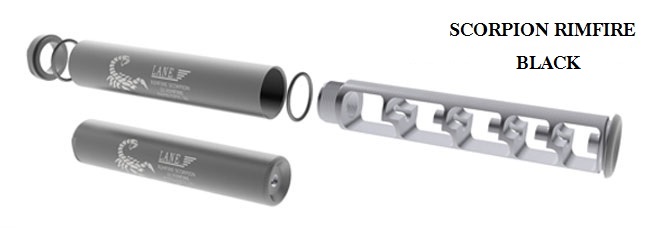

Our Silencers use a patent pending Axially Staggered Monolithic Baffle (ASMB) technology. This technology forces the gases to take extended alternate routes away from the bore. This process of traveling alternately a much farther distance causes the gases to bleed off much more energy. Lower energy generally means lower decibel levels. Noise cancellation is also an important aspect to ASMB technology. Sound/Pressure waves are intentionally split and redirected back at each other repeatedly to nullify themselves.
Using Computer Aided Design (CAD) along with Finite Stress Analysis and Computerized Fluid Dynamics (CFD) software, we are able to analyze structural stress and pressures induced by all calibers of firearms. This allows us to build much stronger structures within our system without unnecessary material additions. Knowing stresses and structural dynamics of a system equals less weight while maintaining strength. We also have different material types available for different weights.
The ASMB technology is a symmetrical design and is used to pull gases away from the bullet path. We have put great care and testing into this technology to eliminate any cross vector currents affecting the bullets flight path. Our goal is to reduce POI shifts to only weight and harmonics of the silencer which generally equates to 1 MOA or less. We believe we have accomplished this goal because our average POI Shift is around ¾ MOA and is extremely repeatable.
To deal with the issue of price we look towards our manufacturing processes. Using precise CNC machining we constantly find ways to create the products with fewer machining steps, tool changes, and setups. We have already reduced the time to machine a single unit from raw material to finished product in half without sacrificing quality or performance. We have done this by carefully analyzing and adjusting each step individually within the design and manufacturing process. We are strong believers that “If it ain’t broke” it could still be done better. This process is ongoing and will remain a major factor in keeping costs as low as possible.